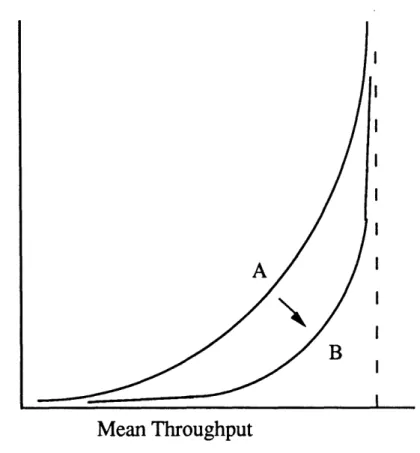A Broader View of the Job-Shop Scheduling Problem
Texte intégral
Figure




Documents relatifs
We have compared the pro- posed approach (denoted as f-NSGA2-LS) against the single-objective genetic algorithm (GA) that works only on the modal value of TFNs (denoted as crisp-GA),
In this paper, we consider the FJSP with parallel operations (EFJSP) and we propose and compare a discrete firefly al- gorithm (FA) and a genetic algorithm (GA) for the
[1] considered both types of jobs with parallel operations and proposed a mixed integer linear programming (MILP) model which allows the precedence between operations of a job to
It takes as input a problem, the variable heuristic, value heuristic, best solution found thus far, the maximum objective value allowed, and a time limit (t2 for dichotomic
In this abstract a Climbing Depth-bounded Discrepancy Search (CDDS) method is presented to solve Flexible Job Shop Scheduling problems with the objective of minimizing makespan. Our
To adapt the instances from the literature to the studied problem, the missing data, such as the quantities of dishes, due dates of jobs, machine capacities, and time windows
The idea used in the second approach (node based) to accelerate the bounding on GPU using several threads organized in one GPU block gave good results (18 times faster) compared to
disjunctive precedence (being able to be realized by the same resource). We cannot obtain an infeasible solution since we respect the precedence and disjunctive constraints. - In